THE CALM BEFORE THE STORM: THE STORY OF KINCORA
When I first set out to create KINCORA, I had a vision: a story that didn’t just compel but carried the weight of truth. It wasn’t enough to entertain; I wanted to strike a nerve, to echo the raw, unvarnished complexities of real life. The opening scene does exactly that.
In under a minute, it sets the tone, defines the players, and teases the audience with the emotional and thematic depth of the series.
Set against the chaotic socio-political tapestry of 1970s Northern Ireland, the series draws inspiration from historical events, but this is no dry retelling. It’s a human story, one that begins with a deceptively simple premise: two people stepping into a powder keg of a weekend in Belfast. There is Jonathan, a British government minister, and Daphne, an Irish fixer with more layers than a mille-feuille. Together, they are brutal.
GRUESOME TWOSOME
Here is the thing about Jonathan and Daphne: they couldn’t be any more different.
Jonathan is every inch the eager-to-please politician: young, frazzled, and grappling with the weight of expectations that seem just a touch too heavy for his shoulders. His arrival in Belfast signals the end of a long, grueling week, but also the start of a journey that will profoundly alter him.
And then there’s Daphne. She’s brilliant, sharp, and just a little terrifying. A fixer with connections in high places and low, she moves through rooms with the precision of a chess grandmaster, always thinking three steps ahead. Where Jonathan stumbles with nerves, she slices through moments with wit and a touch of cruelty. The balance between them is electric, even in silence.
This is the magic of the first scene. It’s a study in contrasts. The audience doesn’t need a heavy-handed backstory or a monologue about their inner lives. In one minute, they feel it. They know Daphne’s cold charisma and Jonathan’s frantic optimism. They understand the power dynamic and the quiet storms brewing beneath the surface.
SUBTEXT AS A SUPERPOWER
On the surface, the scene could seem almost banal: Jonathan with his anxious ways and Daphne with her icy charm. They exchange quips. Daphne remarks on his midnight blue suit, a dig that’s both playful and barbed: “Slim enough to make you look younger but not so much to cut off the air to your brain.” It’s not just a comment on fashion. It’s a dart aimed straight at Jonathan’s insecurities, delivered with a smile so polished it might as well be a dagger.
As a director, these are the moments I live for. It’s not about hammering the audience with exposition but layering meaning.
Subtext is the lifeblood of KINCORA. Every pause, every glance, every throwaway line is loaded.
THE PERFECT STORM
Why does this scene matter so much? Because it’s the eye of the hurricane. It’s the moment where the audience connects with the characters, just before everything starts to unravel. It Is the calm before the storm.
Daphne and Jonathan are more than their roles. They’re symbols of the tension, ambition, and moral ambiguity that the series will explore. Their chemistry sets the foundation for what’s to come, and their dynamic hints at the unraveling complexities ahead.
Kincora is more than a series. It’s a dissection of power, how it is gained, wielded, and the devastating price it exacts.
In this opening scene, we glimpse all of it: ambition, tension, manipulation, and vulnerability.
KINCORA - a story of power, ambition, and the human cost of both.

